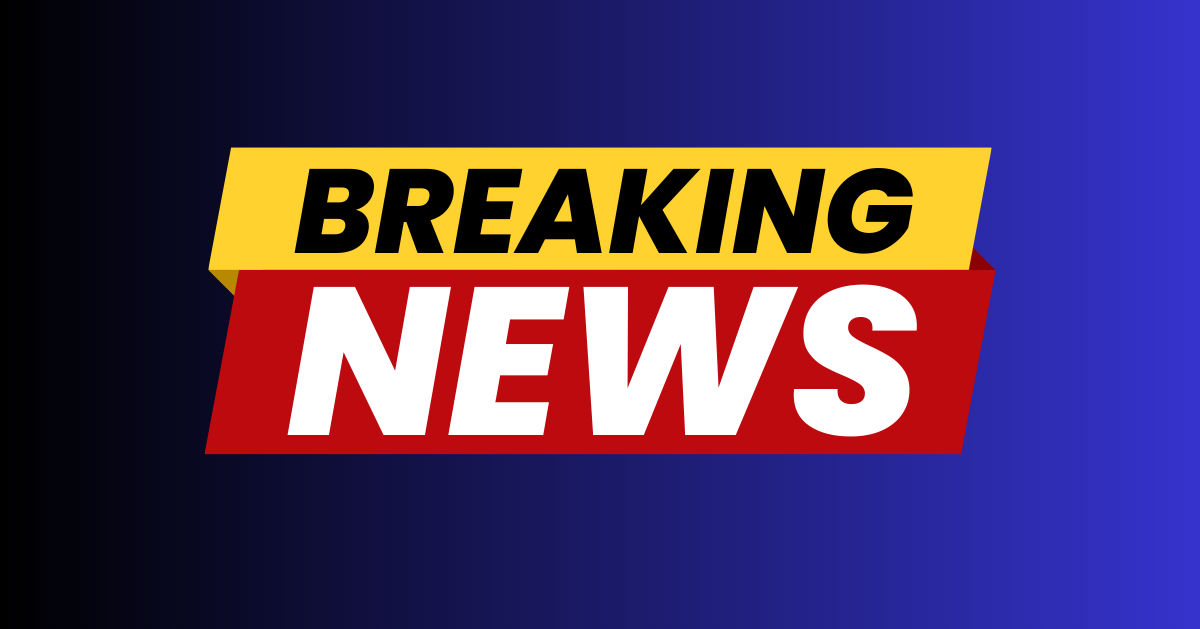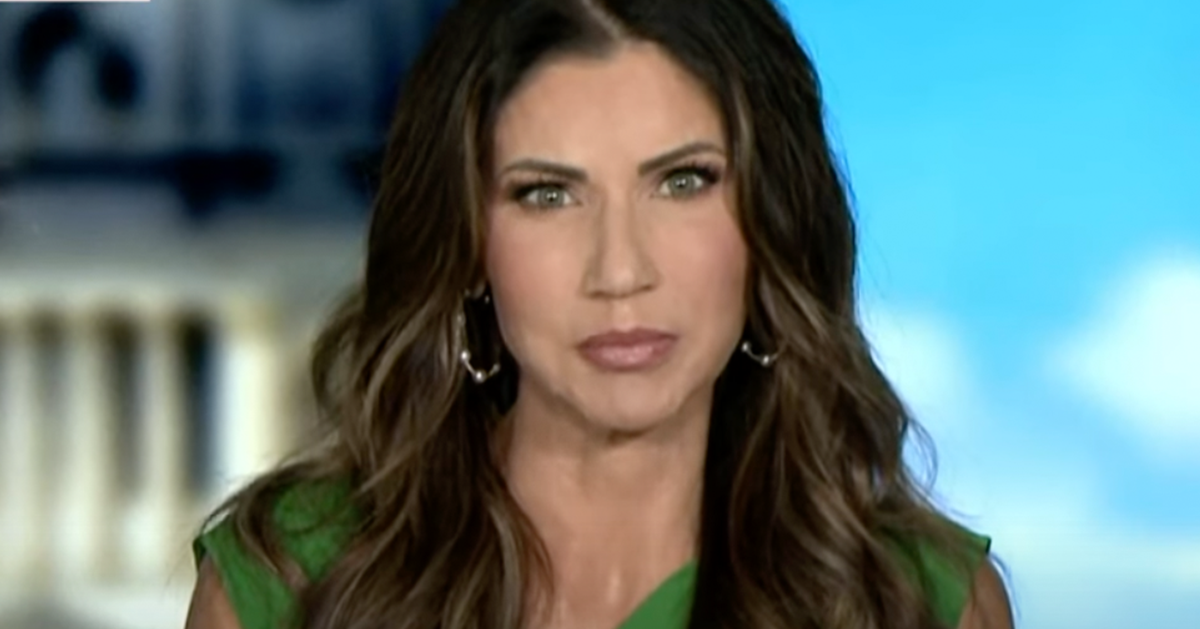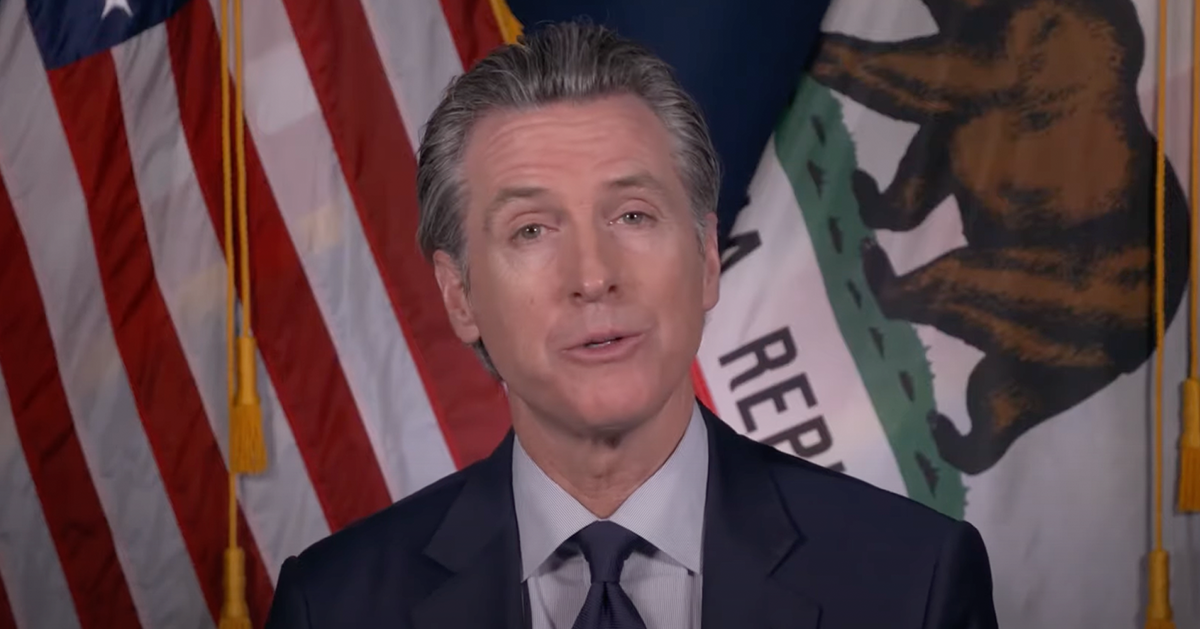3 States Seek Supreme Court Block on Biden’s Loan Repayment Plan
In a dramatic move on Monday, the states of South Carolina, Texas, and Alaska approached the U.S. Supreme Court with an emergency petition aiming to halt President Joe Biden's new student loan repayment initiative.
The trio of states has escalated their legal battle against the Biden administration’s Saving on Valuable Education (SAVE) plan, which they argue oversteps federal authority, as The Hill reports.
The crux of the dispute revolves around the state's objection to the loan forgiveness aspects of the SAVE plan, which were recently curtailed by a lower court but remain contentious.
Introduced to alleviate the financial burden on borrowers, the SAVE plan reduces the percentage of discretionary income used to calculate monthly student loan payments from 10 percent to 5 percent. Originally encompassing broader debt relief, the plan's ambitious scope has been a focal point of contention.
Chronology of the Legal Challenge
The legal journey began when the 10th Circuit Court of Appeals intervened, approving the reduced payment scheme under the SAVE plan but blocking the broader debt forgiveness proposals. This decision led directly to the state's Supreme Court appeal, focusing primarily on the blocked provisions.
Following the 10th Circuit's decision, the states acted quickly, filing their Supreme Court petition to prevent the implementation of any part of the SAVE plan that involves forgiveness of student loans, arguing that it exceeds the administration’s powers.
The emergency petition, handled by Justice Neil Gorsuch due to his assigned jurisdiction over the 10th Circuit, now stands as a critical juncture in the ongoing debate over federal student loan policies.
Immediate Implications for Borrowers
While the legal battle unfolds, the Biden administration has placed approximately 3 million borrowers in administrative forbearance, acknowledging the profound impact of the ongoing legal disputes on students and graduates managing their loan repayments.
“While we are frustrated by the continued legal challenges brought to limit borrower relief, we are pleased to see the Department of Education take quick and decisive action by placing 3 million borrowers in an administrative forbearance,” remarked Natalia Abrams, president of Student Debt Crisis Center.
This measure ensures that affected borrowers will not be required to make loan payments until the Supreme Court makes a decision, thereby providing temporary relief amid the legal complexities.
Options for the Supreme Court
Justice Gorsuch, upon reviewing the petition, possesses the authority to either decide on the matter himself or bring it before the full court. This procedural decision could significantly influence the timeline and outcome of the case.
The justices of the Supreme Court, currently in their summer recess, are still able to respond to emergency applications, a factor that may expedite proceedings given the urgency of the issue presented by South Carolina, Texas, and Alaska.
Last year's precedent, in which the Supreme Court overturned President Biden’s attempt at broader debt relief, looms over the current proceedings, suggesting the potential challenges ahead for the SAVE plan's more controversial elements.
Summary and Implications of Legal Actions
The ongoing legal contestation over President Biden's SAVE plan illustrates the complexities of federal student loan policies and their intersection with judicial interpretation. With both reduced payments and loan forgiveness at stake, the Supreme Court’s decision will have far-reaching implications for the future of student debt relief in the United States.
As borrowers and policymakers alike watch closely, the outcome of this emergency petition could redefine the landscape of federal student loan programs and their governance.
The significance of this case extends beyond the immediate legal arguments, touching on broader questions of administrative authority and the limits of executive power in dealing with national educational finance issues.
Conclusion: Overview of Key Points in Case
South Carolina, Texas, and Alaska have challenged the Biden administration’s SAVE plan, specifically targeting its debt forgiveness provisions.
The 10th Circuit Court’s partial approval has led to an emergency Supreme Court petition, overseen by Justice Gorsuch.
Meanwhile, millions of borrowers remain in administrative forbearance as the legal battles continue, underscoring the significant stakes of the Supreme Court’s impending decision on the future of federal student loan policies.






